Everything you need to know about the Intel NUC
Your NUC, your way
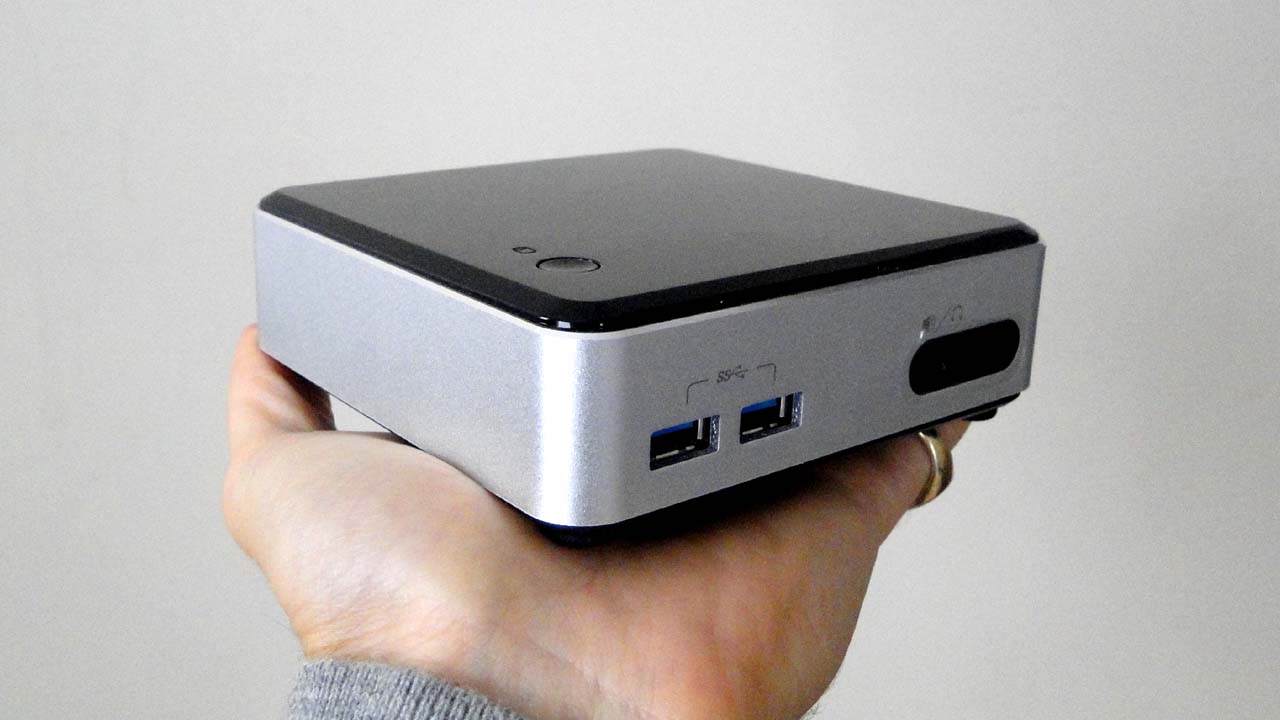
Introduction
The journey to miniaturisation in the world of computers started decades ago when engineers agreed that a calculator that was as big as a house didn't make a lot of sense. The move to microprocessors, spearheaded by Intel® with the first commercially available CPU, the 4004, catalysed that shift.
The gradual introduction of low power processors towards the end of the last decade, brought about by demand for mobile devices, offered a new opportunity for the industry, one that Intel seized by launching the Intel NUC in late 2012.
What is the NUC?
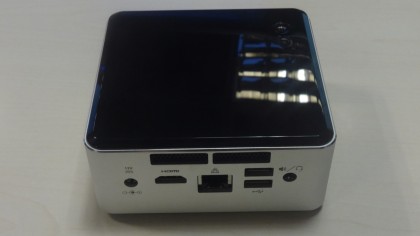
Intel's brief for its engineers was pretty straight forward; build the smallest compute unit without sacrificing too many features. Think of it as your standard computer that has been shrunk. A lot. By using a 4-in x 4-in motherboard (roughly 102 x 102mm), Intel has managed to cram an entire computer in about a twentieth of the volume of your traditional desktop PC.
The beauty of it is that you only need to add system memory (RAM), a storage solution (either a laptop drive or SSD) and an OS to transform it into a fully functional computer that you can neatly store in a drawer or tucked away behind your computer screen.
And just because it is tiny doesn't mean that corners have been cut. Even entry level NUCs offer a bewildering array of ports and connectivity options that more than match their bigger desktop cousins: up to six USB ports, up to two SATA ports, GbE, integrated Intel Wireless Solutions with antenna, Bluetooth, Serial port, infrared headers, SPDIF out, eSATA.
But there's more. Intel managed to squeeze some advanced features including RAID (0 or 1), Virtualisation (VT-x or VT-d), its own vPro technology, RST (Rapid Storage Technology), TPM (Trusted Platform module) and Small Business Advantage.
These are particularly useful for enterprises and businesses looking to deploy these devices in their premises.
Sign up to the TechRadar Pro newsletter to get all the top news, opinion, features and guidance your business needs to succeed!
Who is the NUC for?
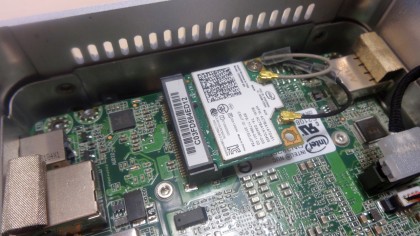
It is important to know where the NUC fits in Intel's product line. Just like car manufacturers have compact, mid-sized, MPVs or SUV, each targeting a particular audience, use case and price range, the same applies for the NUC.
Intel divides its range into good, better and best to present the NUC range and make the purchase process easier.
Sandwiched between Intel's Compute Stick and classic desktop form factors, its versatility makes it a perfect solution for home entertainment and gaming at home as well as digital signage, commercial, productivity and digital signage in a B2B environment.
Tinkerers will love the NUC as it provides the ideal balance between under-powered smaller rivals and bigger and less polyvalent desktop formats. You don't have to build a computer from ground up – with all the caveats that this entails – but you can still upgrade vital parts if needed.
Why choose a NUC?
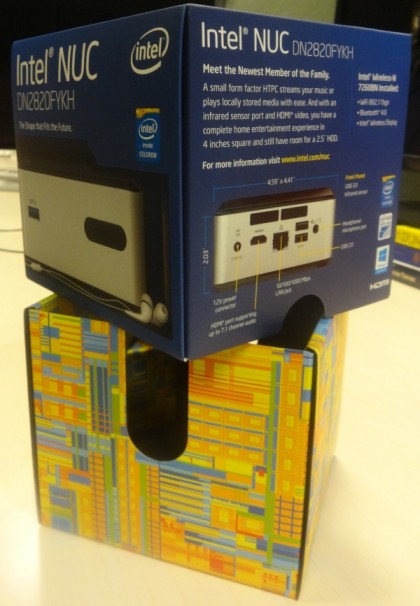
There's a myriad of NUC models available and that's one of its appeals. There are 18 kits currently available on the market across five generations of Intel processors so that almost everyone's needs is catered for.
Because it is built to industry standards, the NUC also supports all major commercially available operating systems and has access to a plethora of accessories and peripherals both in the consumer and business tech markets.
Add the fact that you can swap the lid on a NUC for an entirely cosmetic bespoke model or a functional one (that adds wireless charging, NFC, 4G/LTE or legacy ports) and suddenly there's an entire new world of possibilities that opens up to NUC users.
All Intel-branded NUC products come with an industry-beating three-year warranty as standard, something that can cost hundreds of pounds elsewhere. They also all come with a VESA mounting plate that allows them to sit nicely behind a monitor or a commercial display.
Intel's partners - big and small - have also embraced the NUC paradigm by proposing customised base units that cater from the tiniest of niches to deployment of thousand units in an enterprise environment.
What are the standout NUC models?
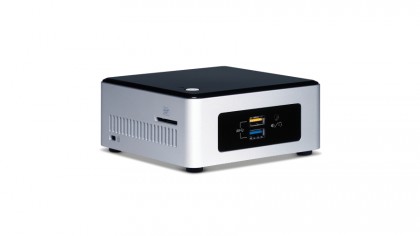
Two models in the NUC family are worth highlighting since they illustrate the breadth of options available in Intel's line-up.
The NUC5CPYH, a newly introduced iteration, is an entry level model that somehow manages to combine a power-sipping processor, support for two displays (VGA and DisplayPort) as well as Wi-Di, an optical audio port, Bluetooth 4.0 and the latest Wi-Fi technology plus some nice touches like an SD card reader and support for 4K.
At the other end of the spectrum is the NUC5I7RYH which offers features you'd expect to find in a much bigger, more traditional workstation. At its heart beats the Intel Core i7-5557U processor, probably the best mobile processor in the company's line up.
Other than a powerful Intel Iris Graphics 6100 GPU that can support up to three displays and play most popular games, this NUC also packs support for two drives in RAID-1 or RAID-0, up to 16GB of RAM and AES data protection technology
How do NUCs perform?
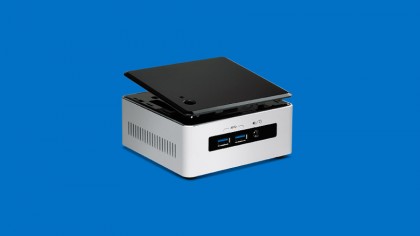
Unsurprisingly, the whole spectrum of Intel's consumer processors can be found inside these tiny PCs. From the low-powered Intel Atom E3815 to the monstrously beefy Core i7-5557U, these all share the same fundamental DNA; they provide the best combination of performance and power dissipation/consumption in Intel's extensive product range.
The general rule of thumb - across the industry - is the more powerful a system is, the more heat it consumes/dissipates, which explains why the aforementioned processors dissipate around 5W and 28W respectively.
What that means is that you will find that some of the more powerful Iris-equipped NUCs could be used as Steam machines and would be great multimedia/gaming companions.
Note that features mentioned in this article are present on selected NUC models. Please consult this Intel chart to find your ideal NUC.